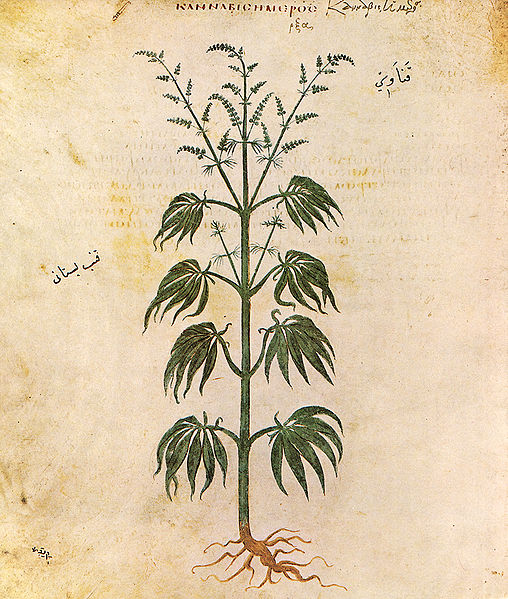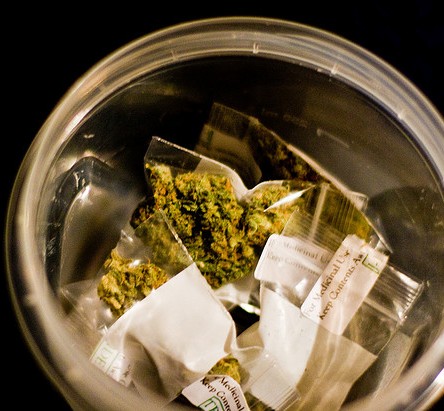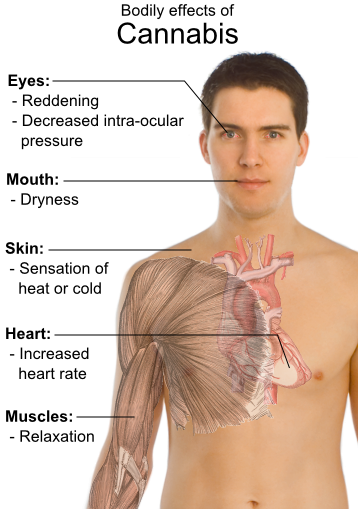Medical Uses
Throughout time many cultures around the world have used Cannabis to treat pain. The most common reasons for using Cannabis historically have been for childbirth, headaches, and chronic back pain. Unlike the opium poppy there is no known physical addiction to marijuana.
Today there are eleven states that have some legalization of
marijuana. Medical marijuana prescriptions can be filled at
dispensaries. These dispensaries carry a vast and impressive
array of different strains of marijuana. These strains vary in
price and quality like alcoholic beverages. Unlike
alcoholic beverages, many strains at a dispensary have
specific benefits associated
 with them. For example, common
benefits are stress reduction, helping a patient fall asleep, or
taking the edge off menstrual pains. Medical marijuana
dispensaries have become a highly organized business.
with them. For example, common
benefits are stress reduction, helping a patient fall asleep, or
taking the edge off menstrual pains. Medical marijuana
dispensaries have become a highly organized business.
HIV/AIDS and chemo therapy patients have regained appetite, soothed nausea, and experienced a lifted moods while using marijuana. In some cases, the only way a patient could keep medicine or food down long enough to digest it was through the use of Cannabis.
Multiple Sclerosis is a disease of the nervous system that
has no known cure. Marijuana is not a cure for the disease but
helps sooth debilitating effects of Multiple Sclerosis (MS). MS
patients suffer from involuntary muscle movement and sometimes
muscle spasticity. Cannabis has helped calm the spasms su
helped calm the spasms su ffered
by these people ,allowing them to live their lives with less
interruptions and get more full nights of sleep.
ffered
by these people ,allowing them to live their lives with less
interruptions and get more full nights of sleep.
Glaucoma is an eye disorder where the optic nerve is damaged. It permanently affects vision and is commonly associated with too high of fluid pressure in the eye. If glaucoma is left untreated it will lead to blindness. In several clinical trials marijuana has been shown to reduce this fluid pressure in the eye, but it is unclear how it does this. Another property of marijuana is that it reduces blood pressure, this is counter active to fighting glaucoma because the optic nerve does not receive as much blood.
Continue to References to see where I found my information.